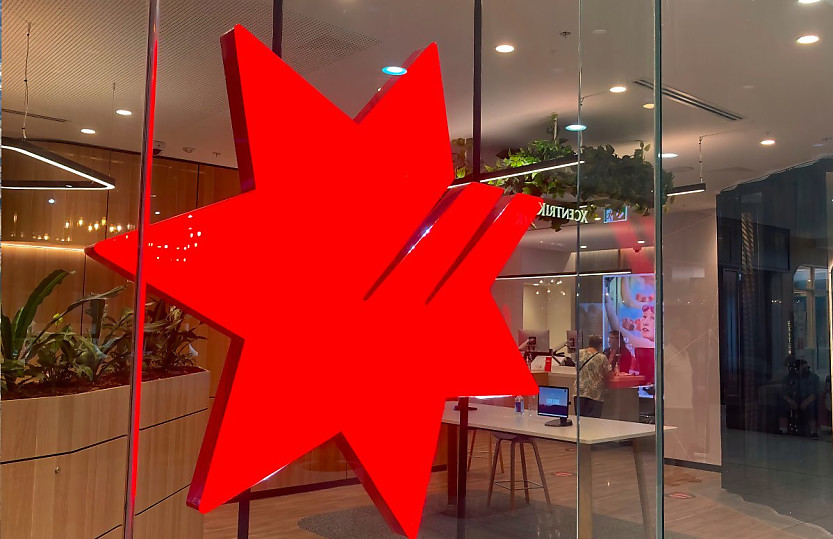SME confidence and conditions see uptick over Q1 2025, survey reveals

Small business conditions and confidence notably improved throughout Q1 of this year, but remain in negative territory.
The NAB Quarterly SME Survey for Q1 2025 has revealed an uptick in small business confidence and conditions, with a rise in the business conditions sub-components, trading profitability and employment.
Throughout Q1 2025, small business conditions rose by 3 points to -1 index pts, with the strongest improvement highlighted in small SMEs, up 5pts to +1 index pts, followed by mid-tier SMEs, up 4pts to -3 index pts.
Despite the rise across the business conditions sub-components, profitability and employment conditions have remained in negative territory, and SME conditions have also remained overall weaker and in negative territory, NAB revealed.
“This was a stronger survey reading than for larger firms captured in the NAB Quarterly Business Survey, which saw conditions ease slightly over the quarter,” NAB said.
“However, conditions and confidence remain weaker than the quarterly survey in level terms and in negative territory.”
SME conditions by industry saw improvement across all industries, excluding business services and finance, as business services saw a material decline for the second quarter in a row, down 10pts over quarter one.
Finance conditions declined by 3pts, though conditions overall still remained strongest in finance and transport, and weakest in manufacturing.
In terms of business confidence, the survey demonstrated a 4pt improvement to -8 index pts, still sitting well below average.
“The improvement was driven by large increases in property and construction. However, SME confidence remains negative across all industries except property and transport.”
SME confidence across the states also remained in negative territory after experiencing upticks over the quarter, with Victoria lagging behind the other states at -15 index pts. SME conditions also improved in every state, led by WA, up 6pts, and Queensland, up 5pts, while SME conditions remained weakest in NSW and Victoria.
The survey found that leading indicators were mixed, with capacity utilisation close to the long-run average at 80.3 per cent, cost pressures eased across labour costs and overheads, and final prices were steady at 0.6 per cent, while the sales margin index improved from -20 to -17 index pts.
“Like in the quarterly survey, the share of SME firms reporting labour as a significant constraint on output eased. Labour costs growth also softened in the quarter, though purchase costs growth was marginally higher.”
NAB said while confidence and conditions did improve over the quarter, the survey was conducted before the US tariff announcements in early April.
About the author







